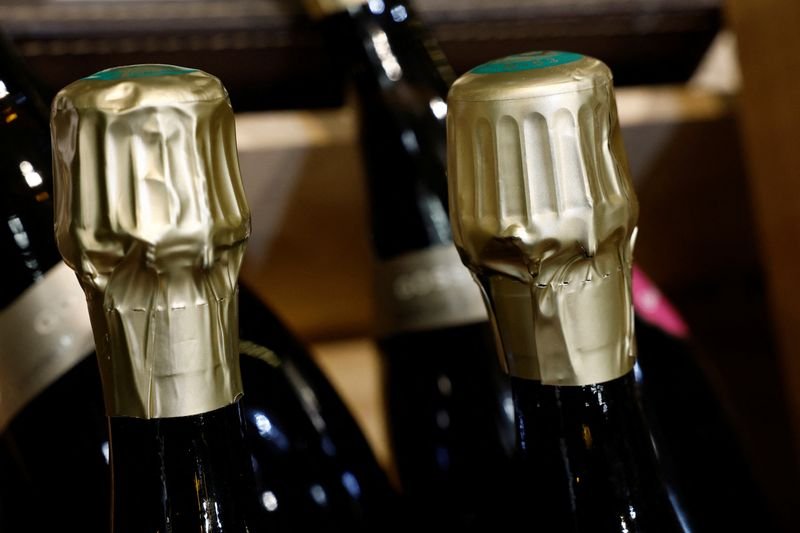The Impact of Tariffs on Champagne’s U.S. Market
The ongoing trade disputes have put a spotlight on various industries, and the champagne sector is no exception. The tariffs imposed by the U.S. government are causing ripples in this sparkling wine market, a crucial territory for French producers.
Understanding the Role of Tariffs
Tariffs are essentially taxes levied on imported goods, intended to increase domestic production and raise government revenue. For the champagne industry, these tariffs have significant implications, especially as champagne from France represents a substantial portion of U.S. imports. The introduction of these tariffs has led to an increase in costs for both producers and consumers, causing concern among stakeholders.
The U.S. Market for Champagne
The United States has consistently ranked among the top markets for champagne outside of France. American consumers have developed a taste for this luxury beverage, making it a staple at celebrations and special occasions. However, the imposition of tariffs threatens to disrupt this dynamic, potentially decreasing consumption, altering pricing structures, and directly impacting French champagne houses.
Effects on Pricing
With tariffs in place, U.S. importers face higher costs. The additional expenses inevitably trickle down to consumers, resulting in elevated prices for champagne in retail and hospitality settings. For example, a bottle of premium champagne could see a price increase of up to 30%, making it less accessible to a wider audience. This hike in pricing might lead consumers to explore alternatives, such as domestic sparkling wines or other imported options, affecting overall demand for French champagne.
The Response from Producers
French champagne producers are facing a complex challenge. They rely heavily on U.S. sales, which are vital for their revenue streams. In response to tariffs, many producers are re-evaluating their strategies. Some are considering increasing their presence in emerging markets or reinforcing their exports to other regions. Others may opt for local partnerships or different marketing approaches to maintain their market share in the U.S.
Consumer Sentiment
The impact of tariffs extends beyond producers; consumers also play a crucial role. Many wine enthusiasts view tariffs unfavorably, seeing them as a barrier to enjoying their favorite beverages. As prices rise, some consumers may pivot towards less expensive alternatives. This shift could reshape the U.S. sparkling wine landscape, steering preferences away from traditional French offerings.
Alternatives to Traditional Champagne
The champagne tariff situation may lead to increased interest in alternative sparkling wines. For instance, domestic producers in the U.S. offer high-quality sparkling wines made in the same méthode champenoise used in France. These wines often come at a lower price point, making them appealing to those affected by the tariff situation.
Additionally, other nations produce fine sparkling wines that could fill the gap left by French champagne. Options from Italy, Spain, and even Australia are gaining recognition and popularity among U.S. consumers. These choices offer a diverse array of flavors and styles, catering to various consumer preferences.
The Possible Future of Tariffs and Champagne
The future of tariffs related to champagne imports remains uncertain. Ongoing negotiations may lead to changes in trade policies, which could either ease the current situation or further complicate it. The pressure from both consumers and producers may play a role in these discussions, as stakeholders voice their concerns about the long-term implications of these tariffs.
Furthermore, as the global economy continues to evolve, markets may adapt in ways that are difficult to predict. The resilience of the champagne sector and its ability to innovate in response to challenges will be pivotal in navigating these turbulent waters.
Conclusion
The U.S. market for champagne is at a crossroads due to tariff implications. As producers and consumers navigate these changes, the landscape of sparkling wine in the United States is likely to shift. The enduring popularity of champagne remains, but how it is impacted by economic factors will be key in shaping its future. Maintaining a balance between luxury and accessibility will be essential for the ongoing success of champagne in America.
